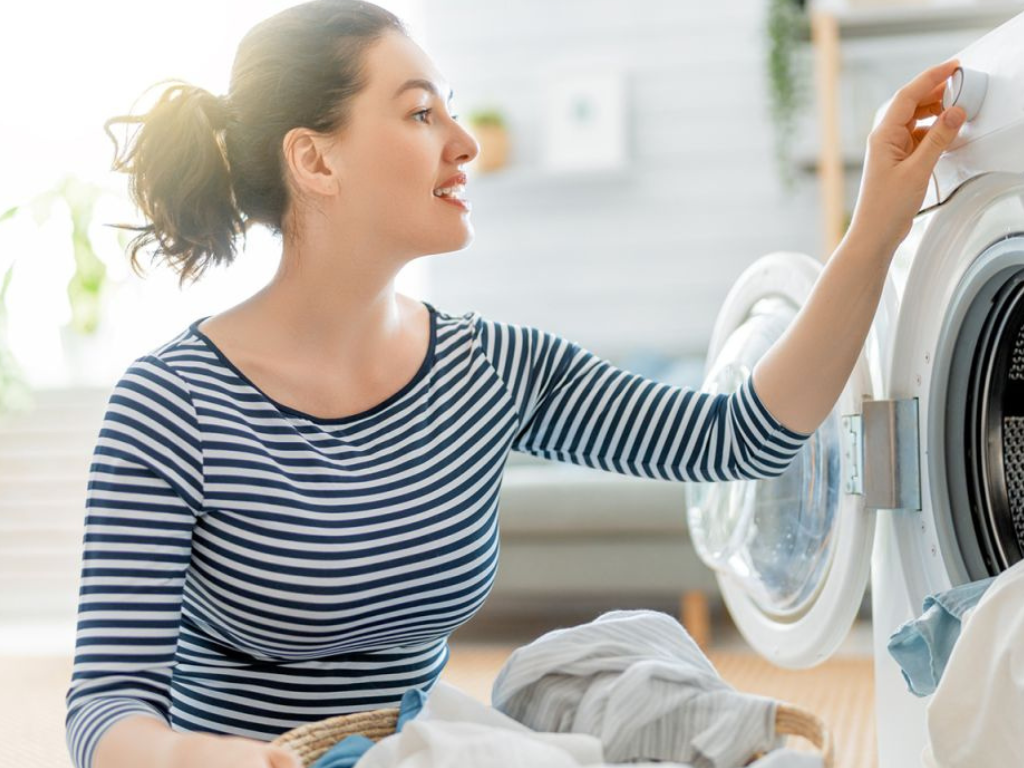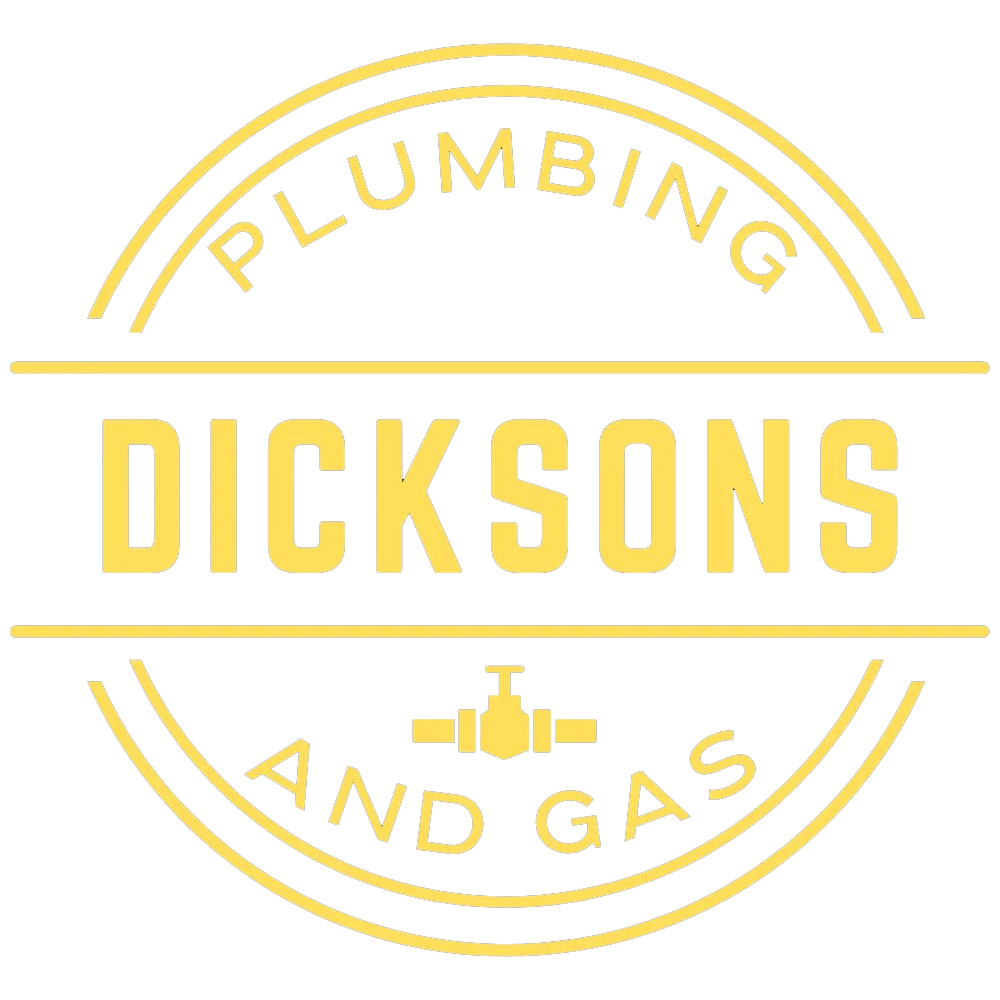Ever had a laundry day go awry with a puddle on the floor? Water’s sneaky – it can spill out of a washing machine or tumble dryer faster than you can say “lemons.” In Perth’s hot and dry climate, we’re often busy and forget that our laundry plumbing needs love too.
But ignore it, and you might end up with ruined floorboards or a flooded ceiling, which is anything but a relaxing weekend. In fact, insurer QBE warns that water damage can run into the thousands of dollars . Yikes! Nobody wants a surprise indoor pool instead of a laundry room.
Laundry plumbing isn’t glamorous, but it’s critical. It keeps your washing machine humming and your drains clear – and most importantly, keeps your house dry. Picture this: you’re halfway through a podcast while washing a load, when suddenly you hear drip… drip… drip.
You turn around to see water creeping out of a torn washing machine hose. A disaster, right? Thankfully, a few savvy habits and quick fixes can save you from that headache.
Why Laundry Plumbing Matters
You know the saying “a stitch in time saves nine”? It applies to your laundry too. When pipes, taps or hoses spring a leak, the damage can spread fast. According to WA Water Corp, a single dripping tap can waste up to 10,000 litres of water a year.
Imagine that – a slow drip could flood an entire bathtub without you realising! Apart from wasted water, leaks can rot floorboards, trigger mould, and even ruin your most cherished clothes or tech. One Perth plumber (Trent from Water Corp) reminds us that hidden leaks “can waste lots of water” before you even notice .
In short: Your laundry room is ground zero for water use, so look after it. That means checking plumbing connections, cleaning drains, and using gear that won’t let you down. When you stay on top of laundry plumbing, you’re not just saving on costly repairs – you’re also keeping the air fresher and your power bill lower (clean appliances run more efficiently).
Common Laundry Plumbing Problems
Several sneaky issues could lurk behind your washer and dryer. Here are the usual suspects:
- Worn or Loose Hoses: Washing machines use flexible hoses for hot and cold water. Over time these flexi hoses can get weak or cracked. If one bursts (and QBE notes hoses cause about 5% of Australian home water damage claims ), you’ll have a mini flood faster than you can react.
- Leaky Taps: The tap where your hoses connect (often a laundry sink tap or wall tap) can drip if the washer or O-ring fails. Even a small drip is wasteful and slippery underfoot.
- Clogged Drain Pipes: Lint, detergent, and grime can gunk up your laundry drain or sink. A slow-draining sink or tub is annoying – a fully blocked drain can overflow when the machine pumps out water.
- No Anti-Siphon/No Trap: Some laundry installations forget to add a proper P-trap or vent in the drain line. Without it, wastewater or sewer gas can back up into the room, and the risk of overflow rises.
- No Shutoff Valve: Not having an accessible shutoff means you can’t instantly cut water if something goes wrong. Turning off the main valve can be a scramble (and if you don’t know where that is, you could be in serious trouble ).
- Faulty Appliance Pump: Inside your washer, the pump could jam or break. When that happens, the machine might not expel water properly, leaving it pooling and potentially spilling out the front.
- Old or Poor Installation: If your laundry fittings are decades old, the chance of cracks and corrosion goes up. DIY installations (like a garden hose used as a makeshift line) usually aren’t up to the task.
Each of these could be behind a laundry room flood. The key is to spot them early. Visual checks – feel hose surfaces, look under the machine for dampness, and listen for drips – go a long way.
Maintenance & Prevention Tips
A few simple chores today will stop future laundry plumbing disasters. Think of it as pampering your washing setup:
- Inspect Hoses Regularly: Once every few months, press gently along each hose. Look for bulges, cracks or stiffness. Replace any rubber hose older than 5–7 years (or sooner if it looks worn). Going with braided stainless steel hoses cuts the odds of a sudden burst.
- Tighten Connections: Every time you change laundry settings, give the hose fittings a quick twist. Hoses attached by plastic connectors can work loose after multiple wash cycles. A snug, hand-tight connection prevents drips.
- Check Under the Machine: Pull out your washer and dryer occasionally. Look under for small puddles, corrosion, or even mold on the cabinet floor. This is often the first place leaks show up.
- Clean Drain Filters: Many front-loaders have a little trap or filter for coins and lint. Clean this out every few months – a clogged filter can make water back up. Even sink drains in the laundry benefit from a quick vinegar flush or warm water to keep things flowing.
- Use Appliance Pads or Pans: If your laundry is on a concrete slab or even a nice floor, consider placing a drain pan under the washing machine. These are trays that catch drips and connect to a tiny drain line. They’re easy to install and pretty much invisible. They buy you precious minutes to act before water hits the floor.
- Test Your Valves: Make sure the isolating valves (the little taps where hoses attach to the wall or sink) actually turn off. Sometimes they look closed but are jammed halfway. Give them a turn once a year to keep them free. If one feels gritty or stuck, replace the valve – it’ll save on slow drips or total failures.
Maintaining laundry plumbing is like brushing your teeth: a small hassle now (checking hoses, unclogging drains) spares you a mouthful of cavities (or in this case, ceiling stains). One veteran renter we know even taped a note on the washer that says, “Check hoses monthly, or call mum.” – a quirky reminder that can save a fortune on future repairs.

The Water Corporation in WA even provides an [easy online leak detection guide] by checking your water meter (yes, in your garden!) to spot hidden drips . It shows how a quick test can reveal slow leaks that waste water (and cash) without obvious signs. It’s worth a try – even if no leak’s found, you’ll be more clued-up about your home’s piping.
Smart Upgrades & Tech Solutions
Modern tech makes it surprisingly simple to head off floods:
- Smart Leak Detectors: Wireless sensors can sit under the washer or near drains. The moment they sense moisture, they buzz an alarm or ping your phone. Some even send a text! Imagine getting a “Leak Alert!” on your phone while you’re at the café, instead of coming home to soaked carpets.
- Automatic Shutoff Valves: These devices fit on your water lines and automatically shut the tap if they detect a burst or continuous flow (they pair with those sensors above). They cost more, but with a premium laundry or if you travel often, they’re gold.
- Drip Pans with Drains: As mentioned, any washer over a laundry pit should sit in a pan leading to a drain. Think of it as a car’s oil drip pan for your home. Even basic plastic ones under washing machines can contain 10-15 litres of water safely.
- Water-Efficient Appliances: A trend in Perth homes is ultra-efficient washers with WELS 4-star ratings. They use far less water per load than a clunky old model . Besides saving water bills, they stress hoses less (less water rushing through means less pressure).
- Greywater Systems: If you’re deep into sustainability, consider a laundry greywater diverter. It routes your washing machine water into garden irrigation instead of down the drain. It requires a qualified installer, but it cuts mains water use and gives stray rinse water a purpose. Note: in Perth, you must comply with WA’s plumbing regs – a licensed plumber is mandatory for any such install .
Upgrades like these aren’t strictly needed for a standard apartment laundry, but they turn your room into a smart flood-proof zone. If you’re renovating or have a valuable floor (like timber or carpet nearby), one of these investments could pay for itself in peace of mind.
When to DIY and When to Call a Plumber
We know you’re handy – but plumbing’s one area where a little caution pays off. Trent (the Water Corp plumber) reminds homeowners: “All plumbing work in WA must be completed by a licensed plumber” . That means if you’re moving pipes, installing new taps, or rewiring a drain, call the pros.
You can handle small tasks: tightening a fitting, replacing a hose, or clearing a minor clog. Make sure your replacement parts are the right Aussie-certified ones. For example, if your washer hose screws onto a big 20mm outlet, use a proper “washing machine tap” from Bunnings, not a mismatched garden hose adapter.
But for bigger jobs – say, fitting a new drain line, installing a backflow preventer, or adding a washing machine outlet box – get a best laundry plumber. They’ll ensure it’s up to code and watertight. It also often voids warranties if you DIY beyond the basics.
If you do hire a pro, choose wisely. A licensed plumber not only fixes the leak but can spot issues you missed.
Remember: a quick check-up by a trained plumber every couple of years is like a health check for your home. They might spot a corroded valve or sagging pipe before disaster strikes.
If a Leak Happens: Quick Action Plan
Even with all precautions, sometimes leaks still pop up (everyone has one unlucky day). When that happens, act fast:
- Turn Off the Water: Locate your laundry taps or the house’s water main and shut them off immediately. Running to the wrong valve wastes precious seconds. (You did mark them clearly on your wall, right?)
- Unplug Appliances: Pull the power on the washer/dryer. Water + electricity = very bad. Better safe than sorry.
- Contain the Spill: Grab towels, buckets, or a mop and block the leak path. Slide plastic trays or buckets under drips. Open a window or use a fan to dry out moisture (to slow mould).
- Call for Help: For anything beyond a quick fix, ring a plumber. If it’s after hours or a big burst, many offer emergency calls (there’s always one branch open in Perth 24/7).
- Document (if insured): If the damage is serious, take photos – insurers often want evidence for claims. But remember, many policies (including QBE’s) won’t cover damage that results from neglected wear-and-tear . Timely fixes keep your home safe and your insurance happy.
Keeping a checklist by the laundry door can help. The steps above can become second nature (kind of like knowing how to turn off your phone alarm – you do it without thinking after a few tries). As the old plumbing slogan goes: “Tight lines, dry homes”.
Conclusion
Laundry plumbing might not be sexy, but it’s super important. The reality is that hidden leaks or aging fixtures can ambush you when you least expect it. By staying proactive – inspecting hoses, cleaning drains, and maybe adding a fancy leak alarm – you’ll dodge most disasters.
We’ve covered how drips can waste thousands of litres , how hoses can burst with costly consequences , and even how to act if water does gush. Now it’s your turn: make a plan to check your laundry plumbing this weekend.
Stay curious (and a little paranoid) about leaks. Your home will thank you: no soggy floors, no surprise invoices, and definitely no dreaded replacement of Mum’s prized wool rug. If you’ve ever had a laundry flood, drop a comment below or share your story – let’s save someone else from the slip-up!
FAQs
How often should I check my laundry plumbing in Perth homes?
It’s best to check hoses, taps, and drainage every 6–12 months. Perth’s hard water can cause faster wear on pipes and fittings, so regular checks help prevent costly damage.
What’s the most common cause of laundry water damage in Perth?
Leaking washing machine hoses and poor drainage are top culprits. Many Perth homes still use older rubber hoses that can crack under heat and pressure—replacing them with braided stainless steel is a smart move.
Do I need council approval for major laundry plumbing work in Perth?
Yes. Any significant plumbing changes—like moving a drain or installing a new laundry sink—must comply with Western Australia’s plumbing regulations. Always use a licensed plumber to stay compliant.
How much does it cost to repair laundry water damage in Perth?
Minor leaks may only cost a few hundred dollars to fix, but if water damage spreads to flooring or cabinetry, repairs can run into the thousands. Preventive maintenance is far cheaper than repair bills.
Remember, a dry, humming laundry is a happy laundry. Keep that water where it belongs – in the machine – and your home will stay dry. Good luck, and happy washing!


